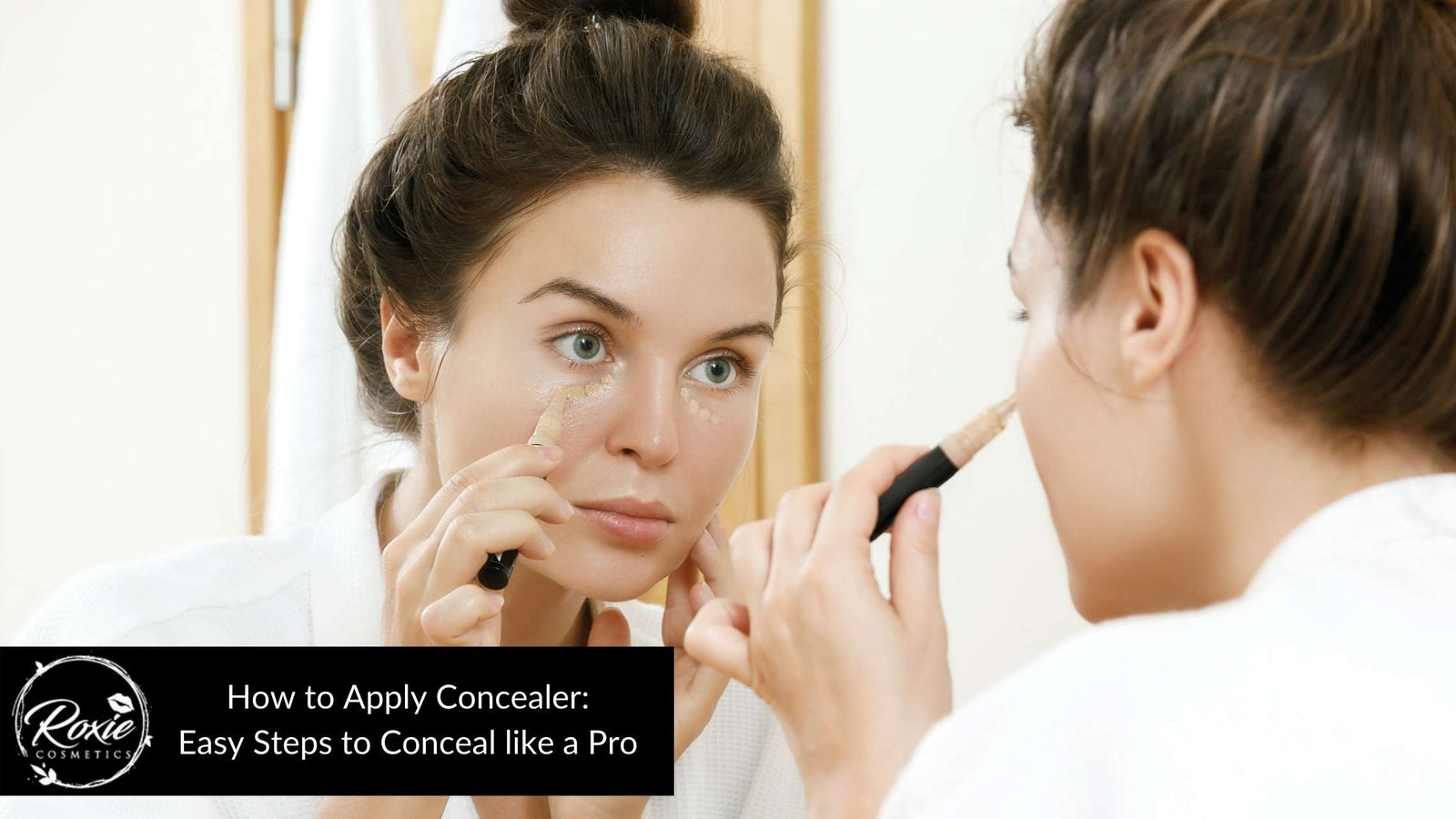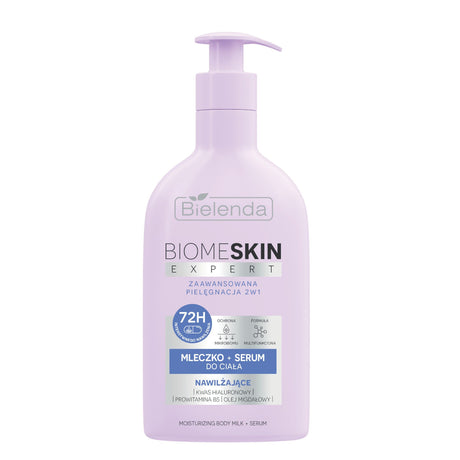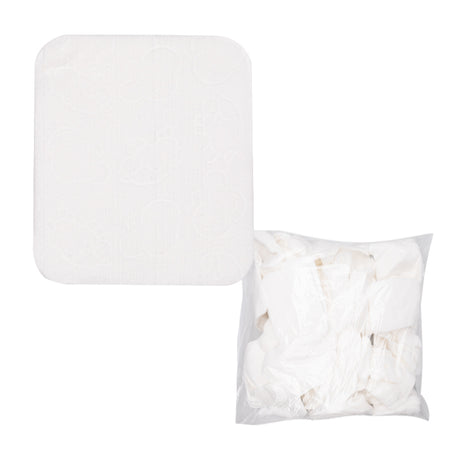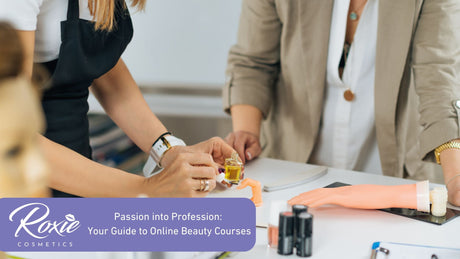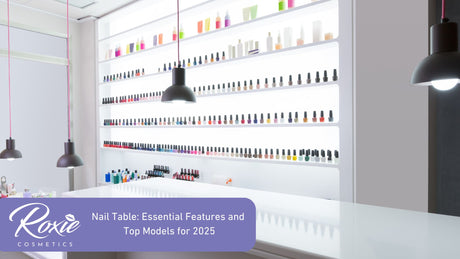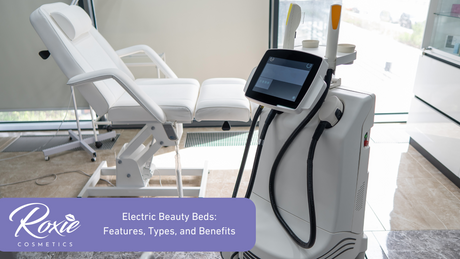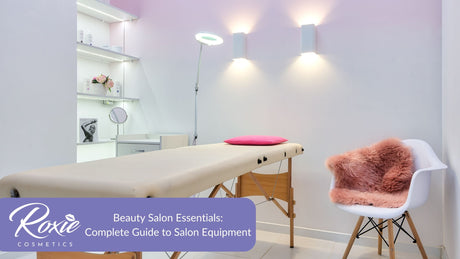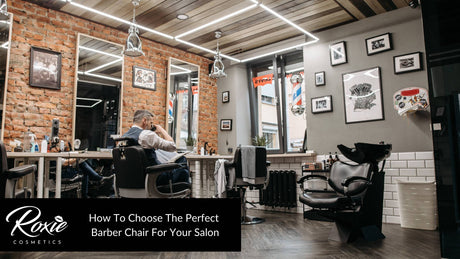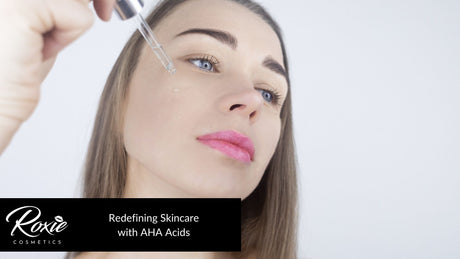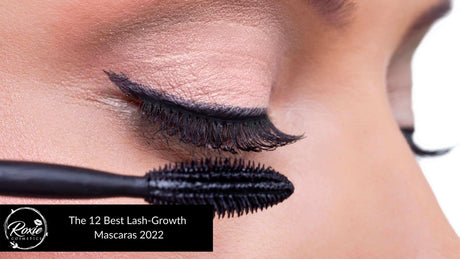Concealer is a versatile cosmetic product that covers skin imperfections such as blemishes, dark under-eye circles, dark spots, discolourations, and acne. It is similar to the foundation, but it is thicker. Concealers are usually applied over the foundation to prevent the use of more products and keep the makeup in place. It is used to neutralise fine lines for highlighting and contouring. To blur fine lines, use buildable concealers that won’t cake between the creases of the face. For contouring, concealers must be one or two shades darker than the natural skin tone. For concealing dark under-eye circles, brightening concealers creates an illusion of more radiant and bright under-eyes. Concealers can be used as a highlighter that gives a glow to the cheekbones, cupid’s bow, brow bones, and nose’s bridge. It should be one to two shades lighter than the natural skin tone. Concealers are formulated with salicylic acid, lessening the size and visibility of blemishes and acne. It can be applied using makeup sponges or brushes.
Concealers are typically applied after foundation, but there are cases where they can be used first. If there is a need to spot conceal, the concealer doesn’t match the foundation, and there is a need for colour-correcting. When choosing the correct shade and formula of concealer, determine first the skin tone, skin type, and skin concerns one wants to conceal. There are three forms of concealer: liquid, cream, and stick. The liquid formula is the most versatile and recommended for normal, oily, and combination skin types. The cream formula is suited for dry and combination, while the stick formula is ideal for those with dry and sensitive skin. The common mistakes when applying concealers are using only one shade all over the face, wrong time on applying, using fingertips alone, not using setting powder, and using expired concealer.
Listed below are the steps on how to apply concealer like a pro.
- Start with a Clean Slate
- Apply Makeup Primer
- Apply Your Base
- Prep the Area
- Choose Your Formula
- Find the Right Shade
- Apply the Concealer
- Apply Setting Powder
1. Start with a Clean Slate

Before putting concealer on the face, the first thing to do is cleanse the face. It is the number one rule, and it is part of the everyday skincare routine. Always start with a clean and natural face. Wash the face, then gently dry before applying serums and moisturisers. Those with oily skin can use toner to deeply cleanse the face. Exfoliating is one of the best ways to cleanse the face, especially if makeup is part of everyday life. Removing dirt, oils, dead skin cells and other impurities is important because it unblocks the pores and makes the skin smooth and blendable.
2. Apply Makeup Primer

Whether it is a lightweight or heavy makeup look, applying primer is one of the necessary steps. Primer is a gel or cream that fills lines or pores and makes the face’s surface smooth. It creates a blendable and easy application of makeup products. Primer locks the skin’s pores and prevents the damage makeup products can bring to the skin. Proper application of the primer makes the makeup products such as foundation, and concealer stay on the face. Applying primer avoids the streaky, patchy, and bumpy look. It lessens the appearance of the pores and keeps the foundation from looking dull after several hours. There are primers designed for those with oily, dry, and delicate skin. To apply primer, put a small size on the fingertips, makeup brush, or sponge. Start to the centre of the face and slowly towards the forehead, cheeks, and chin.
3. Apply Your Base

Moisturiser, foundation, CC, or BB cream can be used as a base before applying concealer. Use moisturiser to add nourishment and maintain the skin’s hydration. There are different forms of moisturiser: face mist, serums, lotions, creams, and oils. To protect the skin from sun damage, use moisturisers with Sun Protection Factor (SPF). Put the right amount of moisturiser on the fingertips and spread it on the face. Start from the forehead, then from the centre of the face, moving towards the cheeks, down the chin. Gently massage the face in a circular motion and let it sit on the face for a few minutes until dry. Foundation provides an even skin tone and works as the base before applying the rest of the makeup products. There are many shades of foundation for different skin tones. Using foundation should be in a shade that matches the skin tone and undertone. Start with a small amount from the centre of the face, under the eyes, nose, and chin. Fingertips, synthetic brushes, or makeup sponges can all be used for spreading and blending the foundation.
4. Prep the Area

5. Choose Your Formula

The concealer type should be based on the skin type and conditions. The concealer has three types: liquid, cream, and stick. The liquid is a multipurpose concealer. It is ideal for normal, oily, and combination skin types. Liquid concealer is buildable and has a coverage range of light to full. It is smooth to apply and has matte, moist, and shiny finishes. It is recommended for delicate and acne-prone skin because it is the least concealer that clogs pores. The cream concealer is suitable for dry and combination skin types. It has a coverage range of medium to full. It can be in a shiny or creamy finish. This concealer can cover any discolourations on the skin. Set it with a pressed powder to avoid wrinkles or folds after a long time of wearing concealer. The stick concealer is ideal for those with dehydrated and delicate skin. The coverage range is medium to full.
Liquid Concealer
Cream Concealer
Stick Concealer
6. Find the Right Shade

Concealers cover imperfections such as inflammations and dark under-eye for contouring, and there is an ideal shade. Choosing the proper shade for the skin colour can be tricky. It should be one shade lighter than the foundation’s shade. Darker concealer can blur discolourations and the colour of the pimple, then use a lighter shade that matches the skin colour. A lighter shade than the foundation can mask the dark under-eye. For highlighting or contouring, the concealer, one or two shades lighter is recommended. It is ideal to have three colours of concealer. One must be near to the skin colour, the second should be one to two shades lighter than the foundation, and the third must be darker to hide the dark areas, pimples, and other imperfections
7. Apply the Concealer

Use a light hand in applying the concealer. For dark under-eye circles, apply a small size of concealer beneath the eyes using fingertips, a makeup sponge, or a brush. If the skin doesn’t have discolourations, apply the concealer on the inner and outer corners of the under-eye to create a lifting effect. For brightening, apply two upside-down triangles beneath the eyes, not close to the lash line, then fill it with concealer. Blend the triangles using a concealer brush or sponge. For blemishes, apply a full-coverage concealer right into the affected areas. For highlighting the face, put concealer horizontally over the centre of the forehead, down the centre of the nose, under the eyes, and under the bottom lip. Arch at the top of the chin after. Blend the concealer using a sponge or flat concealer brush.
8. Apply Setting Powder

Setting the concealer seals the look and lasts for a whole day. It prevents the concealer from creasing. Powder helps the concealer stay in place and prevents it from sliding. Use a large, fluffy powder brush when applying setting powder. Begin with a light coat of loose powder all over the face by sweeping across the skin in long, arching strokes. For red and oily parts of the skin, apply more powder for more coverage. Setting the concealer is not required; it depends on one’s preference, weather, or skin type. For oily skin, it is better to set the concealer to avoid the makeup from looking greasy after a long time.
What are the ways to choose the right concealer?
Determine the skin tone, undertone, and skin type before deciding on the correct concealer. Selecting the exact shade is not that challenging because there must be three shades of concealers. The first shade is for covering up the imperfections on the face, and it should be the one shade darker, then layer with a concealer that matches the skin tone. The second shade should be one shade lighter than the foundation for the under-eyes. One or two shades lighter if the concealer is for highlighting the face or the contour. Concealers can be used for various skin conditions, and they come in different colours. For dark circles, choose a warmer shade to prevent the visibility of the circles surrounding the eyes. Use an orange or yellow-based concealer one shade lighter than the skin tone for blue or purplish dark circles. Use peach or orange-based concealer for dark brownish circles. Green concealers neutralise the face’s redness, such as inflammations, rashes, acne, and pimple marks. The orange and peach can cover up dark spots, ageing, freckles, and sun damage. The coverage level of the concealer is necessary depending on the areas or skin conditions to hide. The ranges are light, medium, and full. Liquid concealers have light to full. The stick and cream concealers have medium to full.
What are the common mistakes of applying concealer?
Concealers save the look and cover all the unwanted spots on the face, such as blemishes, pimples, freckles, and dark circles. It makes a face look flawless and seamless, but one mistake could end up with a crease and uneven look. As mentioned in the Common mistakes when you are applying concealer, these mistakes can be avoidable and don’t require an in-depth tutorial on how it can be perfectly applied.
Listed below are the common mistakes of applying concealer.
How to cover pimples with concealer?
Everyone can get pimples. Pimples and acne marks are the things that need to hide and cover-up to give flawless and seamless-looking skin. Many are wondering about How to Cover a Pimple fast and easily using concealer.
Listed below are the steps on how to cover the pimple.
Is it okay to apply concealer before foundation?
Foundation creates balance and a smooth base and lessens the visibility of the blemishes, redness, and uneven tones. Foundation should come first before the concealer. Concealers can be applied first if the foundation is in powder form. If the concealer comes first, the foundation can move or erase some products when applied, or it takes a lot of products to use, creating a heavy and cakey look. If the foundation is applied first, it allows for using less amount of concealer. According to, Should I Apply Concealer or Foundation First? there are cases where concealers are acceptable to apply first. It is when parts need to be spot-concealed, or the concealer didn’t match the foundation. Foundation can be used on top of the light concealer to hide that the shades don’t match. Colour-correcting concealers can be applied before foundation if there are intensely dark under-eye circles, then follow up with another layer of concealer. Colour-correcting concealers neutralise the visibility of the discolourations and blemishes.

